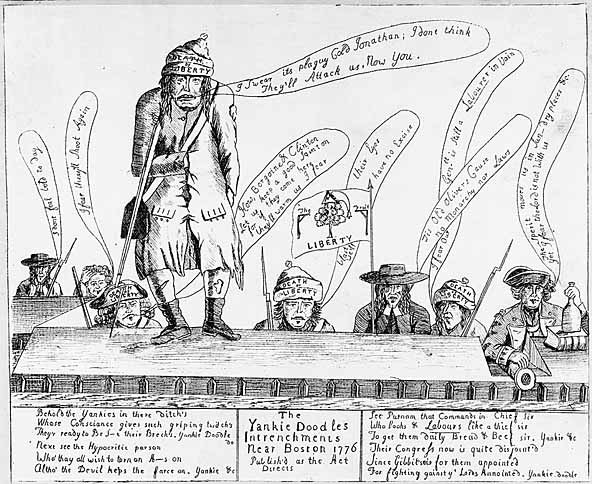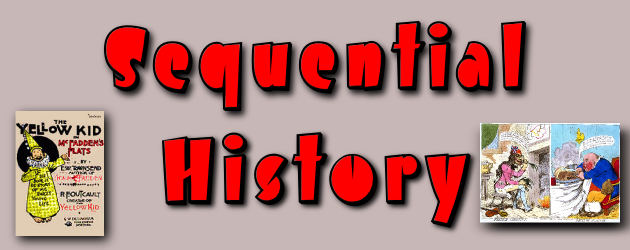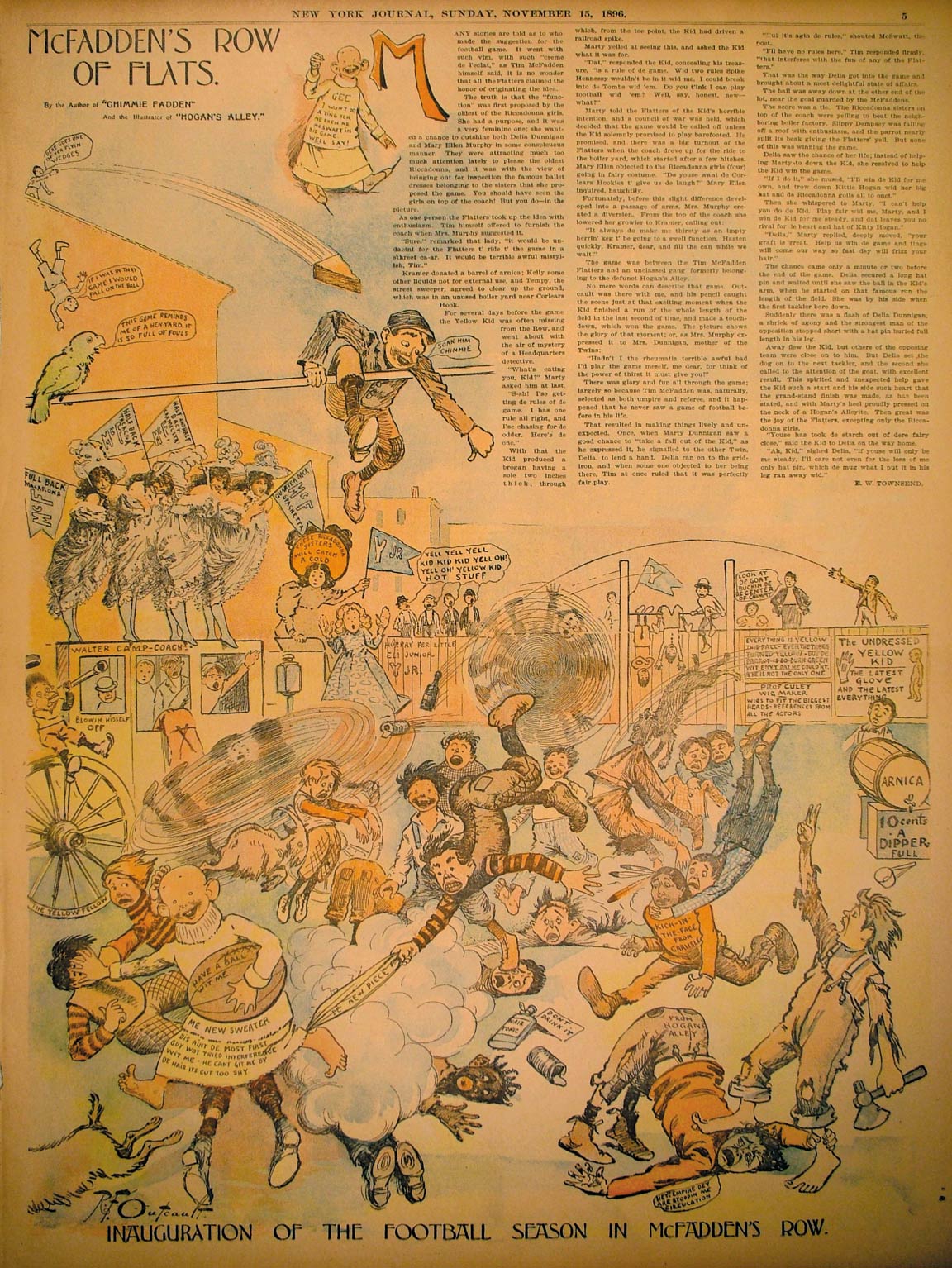What is sequential art? Who were the first people to use this art form to tell stories? How did it evolve into what we can pick up today at our local comic shop? Over the course of the next few Sequential History columns, I’ll endeavor to answer these questions, and more.
Sequential Art
To begin, let’s first define what we mean when we talk about sequential art. Comics and sequential art are not necessarily the same thing. However, without a doubt, the most popular and well known examples of sequential art today can be found in comic books. Now, you can’t pick up just any comic book off the shelf and expect to find a good example of sequential artwork inside. One example, which I’ve just re-read, is Batman: The Killing Joke, one of the best Batman stories you’ll find. There are some very clear examples of sequential artwork to be found in these pages. Here is one of my favorites from the book.
Who doesn’t love Batman’s trademark no-look moves? I don’t see how anyone can’t. OK, back to the art. We don’t need any dialogue or narration to tell us what’s going on here. The entire page is illustrated in such a way that each panel gives you an image in a sequence, which tells you a story. In this case, it’s a nice tale that ends with Joker on his arse. At its most basic, sequential art is just that. A series of images, which, when taken in sequence, tells a story. Of course, comic books expand on this with words, but a foundation of basic sequential art is still there. Whether it’s called sequential art, graphic storytelling, or visual narrative, the result is the same. So, the question still remains, when and where did the use of sequential pictures to tell stories originate?
Origins
Well, there are varying answers to that question. Is it when the first comic book was published? When was the first comic book published anyway? Is it the political cartoons from long before there were comic books? Did it originate with the classic painters of Europe from a few hundred years ago? Or is it even older? Did it originate with cave paintings from pre-history? Like I said, it depends…
“Comics, which are really best described as an arrangement of images in a sequence that tell a story – an idea – is a very old form of graphic communication. It began with the hieroglyphics in Egypt…” — Will Eisner

In the above image, I’ve added the 3 boxes. There are 3 distinct scenes in this one image. The first one shows Hunefer (the guy in the white robe) being led by Anubis to the judgement hall, where his heart will be judged. The second shows the judging of his heart, it being weighed against a feather on the scale. In the third scene we see Hunefer, having passed the test, presented by Horus to the shrine of the green-skinned Osiris, Egyptian god of the underworld and the dead. This certainly seems like they’re using sequential images to tell a story. It’s really no secret that storytelling in this manner has been a part of human history for thousands of years.
Development
Similar examples appear throughout our recorded past. Civilizations utilized this form of storytelling in paintings, on tapestry, rock carvings, in jewelry, religious monuments, and more. We could go on for a long time about all of these examples of graphic storytelling, but I think you get the idea. This has been a part of our history for a long time. Also, it’s been refined, and made more complex over the years. As far back as the 13th century there are paintings with speech in them. Then we have the speech balloon, showing up in print in the 18th century.

It’s here in the 18th century when things start to really get going. There’s A Rake’s Progress from 1732-33. A series of 8 paintings by William Hogarth that depict the decline of Tom Rakewell. These are noteworthy, since they are published in printed form in 1735. This century also sees some of the first satirical drawings in print, coming out of England. Political satire like this can still be found in newspapers today.
Jumping forward a hundred years or so brings us to The Adventures of Mr. Obadiah Oldbuck, by Swiss caricaturist Rodolphe Töpffer, published in America in 1842. Originally published in Europe a few years earlier, this is considered by many to be the first modern comic book published in English. It collects in hardcover format the comic strip like work of Töpffer, which contains sequential images, with captions rather than word balloons.
The year 1865 sees the publication of the German language Max and Moritz, a story that would influence later comics. There were others in the mid-1800s, such as Ally Sloper, published in the UK. In 1893 came The Little Bears, published in comic strip form in the San Francisco Examiner. This is considered the first American strip to feature recurring characters. Now we’re getting somewhere, a comic strip with characters that you can get to know over a period of time. This is sounding a little more like what we read today.
The first comic book?
Several sources consider the first real comic book to be The Yellow Kid in McFadden’s Flats, published in 1897 as a reprint of several strips originally appearing in Hogan’s Alley a few months before. By this time the term “comic book” exists, and is on the back cover of this book. Drawn by Richard F. Outcault, the Yellow Kid is one of the first major, modern comic strip characters. This brings us to about the beginning of the Platinum Age of comics.
The early days of sequential art provide many firsts. However, there are still many more to come. We have yet to meet a superhero. We still haven’t seen the first monthly full color comic, with all original content. And let’s not even begin to think about all of the nifty advances in the use of panels, or lack thereof.
Within the next four decades these books would really begin to turn into the modern comic book. Next time, we’ll take a look at what developed with sequential art in the Platinum Age (1897 – 1938).
Eli Anthony
eli@comicattack.net







Amazing article, I love this topic on the origins of comics, cant wait for more!
My name is Drew too. LOL
Amazing stuff here Eli. I never considered Egyptian paintings or cave paintings to be comics, but by the definition of sequential art, they totally are.
Really looking forward to the next segment!
Pingback: uberVU - social comments
Thanks for the knowledge Eli!
Eli, very well informed and well canvassed article!
Great article dude! Fantastic look into the past.
Pingback: Tweets that mention Sequential History: The Birth of Sequential Art (Pre-History to the Platinum Age) -- Topsy.com
Thanks guys! This was a fun one, and I think the next one will be too.
Brilliant write up! I love these columns!
Pingback: Sequential History: The Platinum Age (1897 – 1938)
May I ask for the sources you used?
Great text btw! 🙂
Decent article but you left out some important details. Early manga scrolls ;a 12th century illustrated bible;the bayeaux tapestry. And some 15th century art books are very early examples of what some would call proto comics.